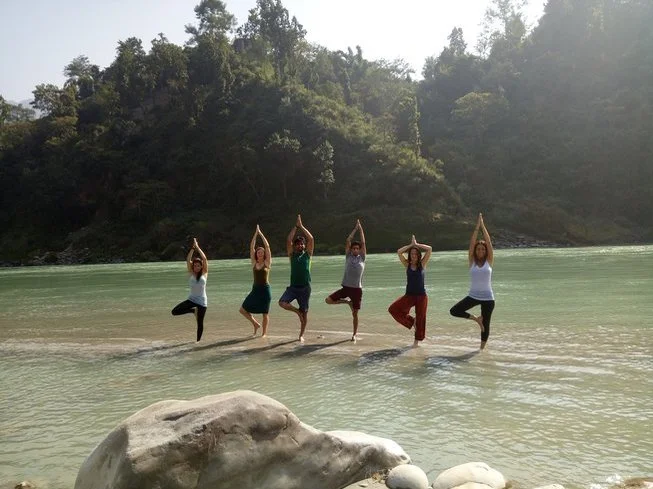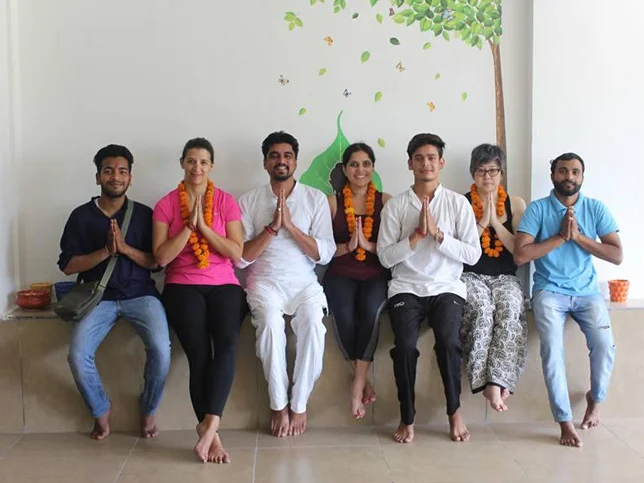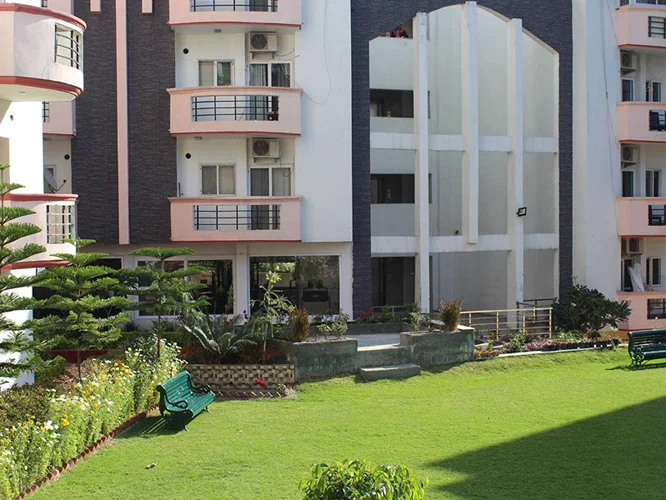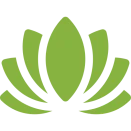Siddha Yoga Peeth offers 300 hours Yoga Alliance registered Advanced Yoga Teacher Training for experienced Yoga practitioners. To join this course one should have completed 200 hours YTT either from SYP or from any other Yoga Alliance registered school. In this course you will learn advance traditional practices of Hatha Yoga, Vinyasa flow, Ashtanga flow, advance authentic meditation and relaxation techniques. Introduction of Ayurveda will be included too.
Syllabus:
Part -1
Yoga Philosophy
Explained in authentic books of Yoga like Patanjali Yoga Sutra,Hatha Yoga Pradipika,Gheranda Samhita,Shiva Yoga Pradipika, Bhagwad Gita etc.
Part -2
Practice and Discipline
1- Suryanamaskara
Practice Suryanamaskara (SN) with body alignment, breath coordination, Dristhi and Pacing SN in the above sequential order. Effect of SN on physical body, physiological systems and Mind. SN with bija mantras, Right time of practice, rounds of practice, modifications and contraindications.
2-Pranayama (Breathing Exercises) and Shatkarma (Six methods of purification)
a. Introduction to breath in asanas, abdominal breathings teachniques, Yogic breathing teachniques, normal shallow , its practice in shavasana.
b. Practice of 3 category of pranayama (stimulating, balancing and tranquilizing).
c. Introduction to 4 phases of breath (inhalation, exhalation, internal retention, external retention) Kumbhaka, bandhas in pranayma,
d. Shatkarma practice and its purpose in pranayama.
e. Mudras and its use in pranayama (hand mudra, face mudra, body mudra).
3-Yoga Nidra /Meditation
a. The practice of 4 stages of Yoga nidra
b. Rotation of awareness, the right sequence of body parts based on the homunculus (the little man).
c. Pratyahara teachniques, dharana and dhyana techniques introduced.
d. Practice of Kayasthairyam - body stillness.
e. Chanting and meditative states.
4- Asana
a. Backbends
Practicing backbends with contributions from hips, lumbar spine, thoracic and cervical spine. Discussion on physical, physiological and psychological effects of Backbends. 6. Unique effects of Backbends. Modification and contra indications of backbends.
b. Standing series
Practice of standing postures as triangle, warrior and balancing series. Modifications and safety of shoulders, spine and knee joints. Discussion of physical, physiological and psychological effects.Unique effects of standing postures.
c. Forward bends
1. Building the legs as foundation for forward bends. Breathe in forward bends. Utilizing exhalations to explore deeper forward bends.
d. Twist & Seated postures
1. Elongated spine, one fixed/stable end of spine, twist originating from the point of fixed end of spine.
2. Physical, physiological and psychological effects of twists
3. Unique effects of twists as against forward and back bends
4. Exploring different seated postures to achieve stability and comfort.
5. The triangular base of legs and extended spine, relaxed abdominal and chest cavities for deep breathing.
e. Inversions and Arm balances
1. Practice of part inversions like padahastasana, adhomukha shwana etc to prepare for complete inversions.
2. Practice of classical inversions like sarvanga and shirasana.
3. The right grips, the right methodology of going in and coming out of inversions.
4. Breathe in inversions.
5. The effect on the abdominal and chest cavity during inversions.
6. Physical, physiological and psychological effects of inversions and arm balances.
Part- 3
1-Introduction of Ayurveda
2 Human Anatomy and Physiology in relation to Yogic practices
Part -4
1-Teaching methodology and Practice
2 Yoga teacher etiquette
3 -Yogic lifestyle and discipline (Yamas and Niyamas)
Learning Objective
1- Learn the right alignment. Experience the effect of a Flow practice. Experience breath in a flow practice. Difference of various styles of Suryanamaskara.
2-
a- Connecting with breath with asanas
b- Exploring spontaneous and conscious breath.
c- The connection between breath and body, breath and mind.
3-
a- What are the preparations for meditation.
b- How does asana and pranayama contribute to meditation?
4- Learn to maintain the discipline of Yoga and develop the character & vision of Yoga teacher.
300 Hours Daily Schedule
Start Time End Time Activity
5.30 am 6.00 am Cleansing Practices & Morning Pooja
6.00 am 7.00 am Chanting & Pranayama
7.00 am 7.45 am Breakfast
8.00 am 9.00 am Vedic Philosophy
9.15 am 11.15 am Hatha Yoga Flow
11.15 am 12.15 am Self Study & Contemplation
12.15 pm 1.00 pm Lunch
1.00 pm 2.30 pm Team / Group practice Self Alignment & Correction
2.30 pm 3.15 pm Anatomy
3.15 pm 3.30 pm Tea
4.00 pm 5.00 pm Hatha Yoga Flow
5.00 pm 6.30 pm Ashtanga Vinyasa Flow
6.45 pm 7.45 pm Prana Balancing & Guided meditation
7.45 pm 8.30 pm Dinner







 Wi-Fi
Wi-Fi
 Jogging / Walking Path
Jogging / Walking Path





 Please expect a free call back
Please expect a free call back
 3.5
3.5

 1 person max
1 person max
 Wi-Fi
Wi-Fi
 Double Bed
Double Bed
 Single Bed
Single Bed
 Telephone
Telephone
 Western Style Bathroom
Western Style Bathroom
 In-Room Dining
In-Room Dining







 1 person max
1 person max
 2 Interested
2 Interested
 Utilities Shop
Utilities Shop
 Airport Transfers
Airport Transfers
 Badminton Court
Badminton Court